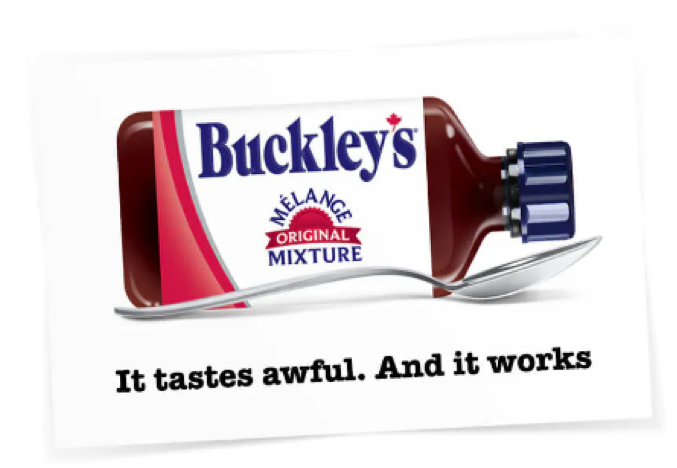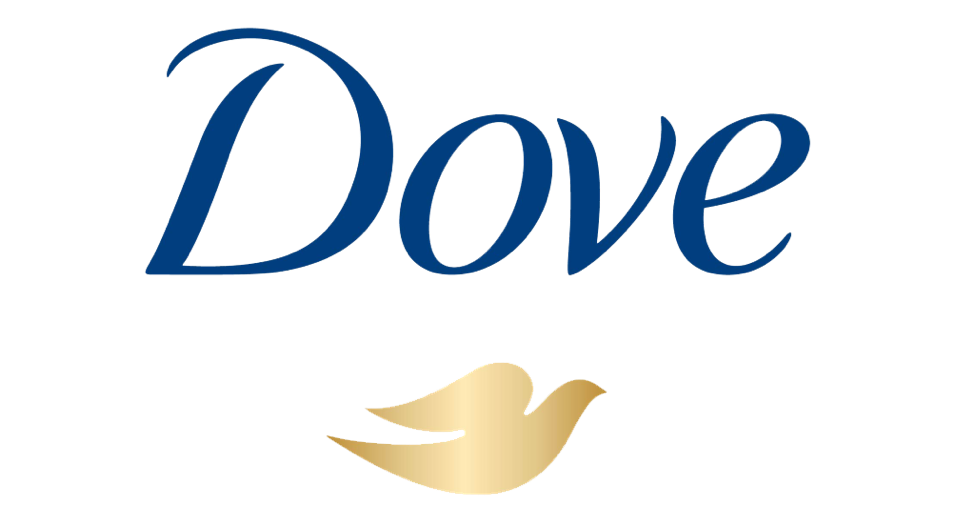Ah yes, the placebo effect. An amazing demonstration of the power of the human mind. Researchers have invested significant resources into studying this mystifying phenomenon with its strong effects on mental and physical health, and this makes us wonder: how exactly does the Placebo Effect work? And, how can it be harnessed to make marketing tactics successful?
What is the Placebo Effect?
Whether you’re aware of it or not, throughout your life, you’ve been treated with a placebo and it’s probably worked.
The placebo phenomenon occurs when the brain expects a material outcome based on a belief and then physically manifests symptoms of that belief that don’t actually exist.
Essentially, your mind convinces your body of something that isn’t there. This is referred to as perceived expectations, which means the body reacts to an artificial stimulus based on pure mental anticipation that the body will indeed react that certain way.

So, when does this experience happen? You have likely encountered the placebo in a number of ways, perhaps you have felt energized after consuming a cup of coffee only to realize it was decaf, or manifested real flu symptoms after being convinced you’re on the cusp of coming down with something. In more impressive cases, causations have been revealed in biomedical studies about the body’s self-healing capabilities where critically ill subjects are given fake placebo medication to treat diseases.
The first examples of the placebo effect originate from medical discovery in the 20th century. Placebos were considered to be valid medicinal treatment as they increased the number of recoveries where patients expected to be cured by artificial medication. This was common practice until the mid-twentieth-century, and today, scientific experimentation still continues to prove the real power of the placebo.
A study conducted at the University of Michigan demonstrated a correlation between positive responses to a placebo pill, with positive reward expectations. Volunteer participants were neurologically scanned using an MRI while being told they had the potential to win or lose money during a gambling contest. Those whose brain responses showed high levels of dopamine release (the positive neurotransmitter involved in pleasure and reward pathways) also experienced positive placebo symptoms to a fake pill. As it turns out, our thoughts truly do shape our reality! It seems optimism and positive reward expectations are at the heart of the placebo’s effects.
The experiment’s neuroscientist and radiologist Jon-Kar Zubieta remarked, “What surprised me the most was the strong link between this element of reward processing and the fact that you can predict the placebo response.” He continued, “The placebo effect is a resilience mechanism in the brain … You don’t [really] need the medication, you simply need to be convinced that something is going to work.”
The Placebo Effect & Advertising
We have the capacity to create beneficial physical effects for ourselves simply by adopting an optimistic attitude. So, how can the placebo effect be applied to advertising?
Manage Consumer Expectation
The key elements of expectation and convinced belief for the placebo effect are central to marketing as well in the ways they shape consumer’s brand perceptions. When it comes to the placebo effect and advertising, we must manage the expectation of the consumer, meaning the experience being promoted (via a product, a brand message, etc.) needs to fulfill the expectations of the consumer experience post-purchase.
Once a positive brand expectation has been established, the actual experience with that product must not contradict the image that was delivered. As long as the consumer’s interaction with said product or service can support the image and reputation being constructed for the brand, the placebo effect will further enhance perceived product benefits.
In this way, the placebo can help generate improved customer satisfaction and positive associations with a brand’s positioning, if the advertised expectations feel authentic and accurate. Those who have more optimism towards the effectiveness of products may also be more likely to truly feel they provide value. Your placebo effect is the story your brand first tells, and then lives up to.
A great example of a brand that manages the expectations of its audience exceptionally well is Buckley’s. Their cough and cold medicines were revolutionized in the mid-1980s when they came up with their award-winning “Bad Taste” campaign.
 Their iconic tagline, “It tastes awful. And it works.”, remained explicitly honest and established accurate consumer expectations. Its truthful humour admitted to the unpleasant taste, but touted the effectiveness of their cough syrup. It created a compelling expectation for those who believed that since the confession of poor taste was accurate, the assertion of effectiveness would be too. While the ingredients in Buckley’s may also provide cold symptom relief, no one can “cure” the common cold, but the expectations by the convinced consumer for it to cure colds helps further enhance its remedial effects.
Their iconic tagline, “It tastes awful. And it works.”, remained explicitly honest and established accurate consumer expectations. Its truthful humour admitted to the unpleasant taste, but touted the effectiveness of their cough syrup. It created a compelling expectation for those who believed that since the confession of poor taste was accurate, the assertion of effectiveness would be too. While the ingredients in Buckley’s may also provide cold symptom relief, no one can “cure” the common cold, but the expectations by the convinced consumer for it to cure colds helps further enhance its remedial effects.

Or, take Dove’s beauty patch for example, where they took Placebo advertising to a literal level when they invited female participants to take part in a new “pharmaceutical beauty patch” study; claiming that the patch provided to their participants would enhance their perception of their own beauty.
These patches are indeed Placebos and didn’t actually contain any medical ingredients, though, participants did report a positive increase in the perception of their own beauty, and were surprised when they discovered there was nothing to the patch itself.
Rather, it was the power of their own minds being convinced that because they were wearing this medical looking patch–created by one of the world’s largest beauty brands–it must have the effect being marketing to them.
“By illustrating through the Dove: Patches film that a positive state of mind and openness can help them feel more beautiful, we hope to inspire all women and help change the way they see themselves.” Jennifer Bremner, brand building director of skin cleansing for Dove.
Though this technique could be perceived as a negative tactic–consider Dove is lying to their consumer–their product story meets the audience’s expectations. Dove never truly lied as they told their participants that this patch would change their perceptions of their own beauty, which, technically, it did! But through psychology instead of substance.
Price and Psychology
Another example of how the placebo effect is effectively used to persuade the audience is through the price appeal of a product. When planning to price for a product or service, a brand should keep in mind that a lot of their customers have a mental limit on what they’re willing to spend.
Have you ever noticed that a lot of businesses will sell items at $9.99 instead of a flat $10.00, or at “50 percent off the retail price”? Both of these pricing tactics are ways to convince the consumer they’re saving money. To the mind, paying $9.99 seems more palpable than paying $10.00, even though it’s only a cent less; and any item that is marked down with a sales promotion instantly seems like a deal.
One way you will find grocery stores using the product sale tactics placebo is by tagging their goods with their store-specific sale colour (usually yellow or red) when that product isn’t actually on sale. Because the mind has been conditioned to understand that products marked a certain colour usually means a sale, certain grocery stores now mark items that are not on sale with this sale colour to help convince their shoppers to purchase more.

We must keep in mind, though, that this is a negative way to use the placebo effect in advertising your product because the experience does not actually meet the consumer’s expectation.
From what we can see in these few examples, a positive placebo can be extraordinarily advantageous in advertising. Placebo effects can manifest real thoughts and physical symptoms that support the idea that your products are indeed benefiting consumers.
It comes down to managing your audience’s expectation by creating a message that resonates with them, but don’t forget to ensure the experience post-purchase continues to meet the expectation of the audience, or you’re more than likely to run into a negative reaction. Genuine and realistic storytelling can construct real value and enjoyment felt by consumers through the help of the placebo effect.
Have you noticed another way the placebo effect is being used in advertising? Share your story with us in the comments section below!